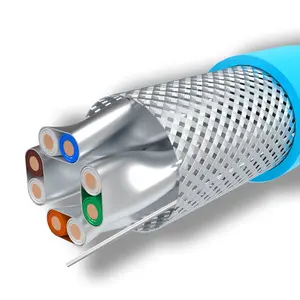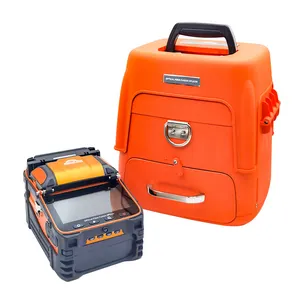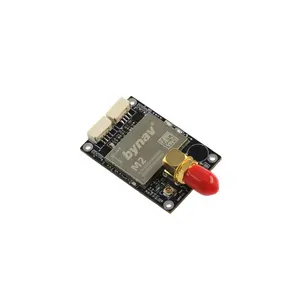Popular in your industry









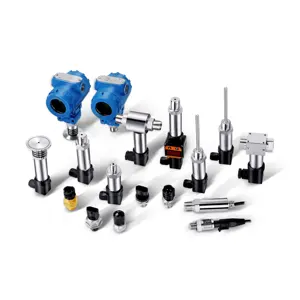






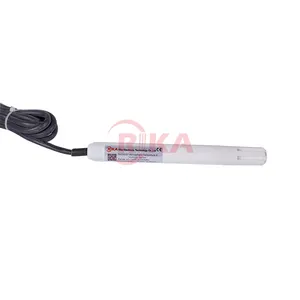










































Top categories
About capacitance sensor
Understanding Capacitance Sensors
Capacitance sensors are integral components in the realm of smart electronics, playing a pivotal role in the detection and measurement of various parameters. These sensors operate on the principle of capacitance change detection, which occurs when a material or object enters their field of sensitivity.
Types and Applications
There is a diverse array of capacitance sensors tailored to specific applications. Common types include proximity sensors, level sensors, and touch sensors, each serving a unique function from industrial automation to consumer electronics. For instance, proximity sensors are crucial in systems that require non-contact detection of objects, while level sensors are employed in monitoring fluid levels in tanks.
Features and Materials
The construction of capacitance sensors often involves materials such as conductive polymers and metals, which are selected for their responsiveness to capacitance variations. These sensors are characterized by their sensitivity, stability, and rapid response times, making them suitable for a wide range of environmental conditions.
Advantages of Capacitance Sensors
The advantages of utilizing capacitance sensors are manifold. They are valued for their non-contact nature, which allows for wear-free operation and longevity. Additionally, their ability to detect through non-conductive materials makes them versatile for hidden or encapsulated sensor designs.
Integration with Other Technologies
Capacitance sensors often work in conjunction with other types of sensors, such as optical and temperature sensors, to enhance the functionality of devices. Their integration is essential in complex systems, such as in avionics for collision avoidance and in sports technology for tracking player movements.
Selection Considerations
When selecting capacitance sensors for various applications, it is crucial to consider factors such as sensitivity requirements, environmental conditions, and the material properties of the target object. These considerations ensure the chosen sensor is well-suited for its intended application, contributing to the efficiency and reliability of the system it is integrated into.

